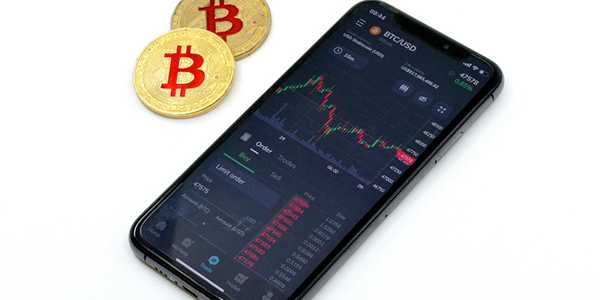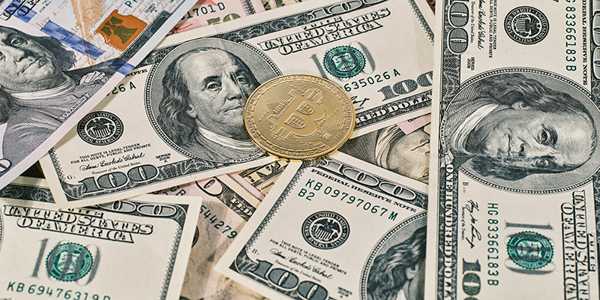Virtual Currencies vs. Real Money: The Exchange in the Metaverse
Among the concepts that have gradually emerged is the metaverse! You might wonder what is metaverse. The amalgamation of virtual and augmented reality. As this parallel digital world is getting broader, the financial world, especially through virtual currency, is also growing alongside it. As these currencies drive transactions in the metaverse, the opportunities to exchange them for real-world money have aroused interest and opened up new economic frontiers.
Now, let's analyze the principles of trading virtual currencies for the real world and their value, the advantages and drawbacks of this process, and the changes that occur with this process.
What Are Virtual Currencies?
Virtual currency is a digital asset that operates as a medium of exchange and is used mainly for virtual activities like online gaming, virtual communities, or blockchains. These currencies are of two types:
Centralized Virtual Currencies
These are managed by a central entity, usually in the form of game developers or the metaverse. Some include virtual currencies within games such as Roblox or Fortnite, which are referred to as Robux or V-bucks, respectively.
Decentralized Virtual Currencies
These works are based on the principles of blockchain and encompass current popular assets such as BTC, ETH, or novel tokens related to metaverse platforms, such as MANA of Decentraland or SAND of Sandbox.
Thus, both kinds of virtual currency are used as the means of payment for goods and services and other digital commodities in their sphere.

How Are Virtual Currencies Traded?
Depending on their kind, virtual currencies are exchanged on several platforms:
In-Platform Marketplaces
Traditional virtual currencies are centralized and can be exchanged directly with or within the environment which they are intended for. These currencies are acquired by earning or purchasing through real money payment methods such as credit cards or digital wallets.
Cryptocurrency Exchanges
By being traded on online cryptocurrency marketplaces like Binance, Coinbase, or Kraken, decentralized virtual currencies may be used to represent value. Depending on their preference, users can exchange these currencies for other cryptocurrencies here.
Peer-to-Peer (P2P) Platforms
It is also notable that some metaverse users buy or sell virtual goods or currencies directly from other users through P2P marketplaces where prices and conditions are set and agreed upon independently by the two parties involved.

Getting Real Money with Virtual Currencies
The process of turning virtual currency into real money involves many steps:
Getting Virtual Currency
Performing different tasks, selling virtual goods and assets, and offering services inside a metaverse are a few ways to acquire cryptocurrency assets.
Using an Exchange Platform
In cryptocurrencies, customers exchange their digital currency in an exchange market, allowing them to sell it at the exchange rate in fiats such as USD, EUR, or GBP. As noted, with centralized virtual currencies, users depend on platform-specific redemption programs, although they are not popular.
Withdrawing from a Bank Account
When sold, the funds are moved to the user's digital wallet or associated bank account. The payment options are bank wire transfers, PayPal, or any other payment processing company.
Challenges in the Exchange Process
Although turning virtual currencies into actual money creates economic benefits, there are certain challenges as well:
Regulatory Hurdles: Currently, people face different rules in different countries regarding virtual currencies, and the rules are inconsistent as governments still cannot decide what kind of regulation to apply to such currencies.
High Transaction Fees: Especially when using exchanges and payment processors, it can be very expensive to exchange and withdraw money.
Volatility: The potential for large fluctuations in the value of the transferred funds in cryptocurrencies is another element taken into account.
Security Risks: Because digital currencies are always linked to the possibility of fraud and hacking, this might be concerning.
The Future of Virtual Currencies in the Metaverse
Virtual currencies in the metaverse are expanding further in the economy. Future advancements like decentralized finance, DeFi, and tokenizing traditional assets might prompt a complete fusion of virtual and actual economies. These acts help the user resolve banking issues ranging from lending to borrowing within the virtual environment, thus creating a regular flow of financial solutions. Furthermore, tokenization makes it easier to introduce actual physical assets like real estate and paintings into the decentralized economy and ownership platform.
Governments and financial institutions may also establish new regulatory models for managing these currencies based on their specific features. Currently, metaverse platforms also use cryptocurrencies; central banks could consider issuing thein CBDCs that designate regulation and stability. On the other hand, there can be partnerships between private companies and regulatory bodies to develop meaningful subsets and make work in the virtual currencies in different metaverses more comfortable. The increase in the adoption of these systems can attract many users and investors in the metaverse economy, hence leading to more innovation in the metaverse and the physical world.
New World Dynamic: The Metaverse
The swapping of virtual currencies and real money is now one of the dynamics of the new world economy, the metaverse. It is especially important for people and companies dealing in these markets to comprehend how they work and what sort of difficulties may arise as they continue to develop. As the evolution of the metaverse advances, the possibility of linking virtual and real-life currencies and mixing the two concepts without any gaps may open immense opportunities for the economy in terms of how people view money and how it functions in the world.